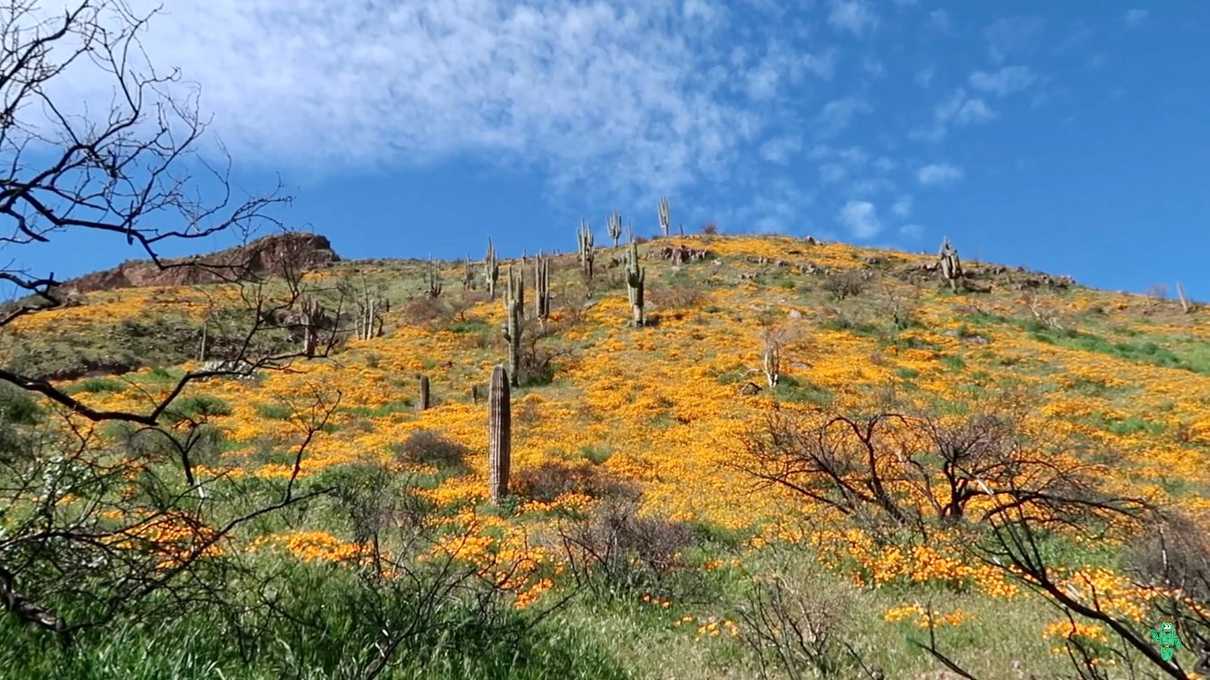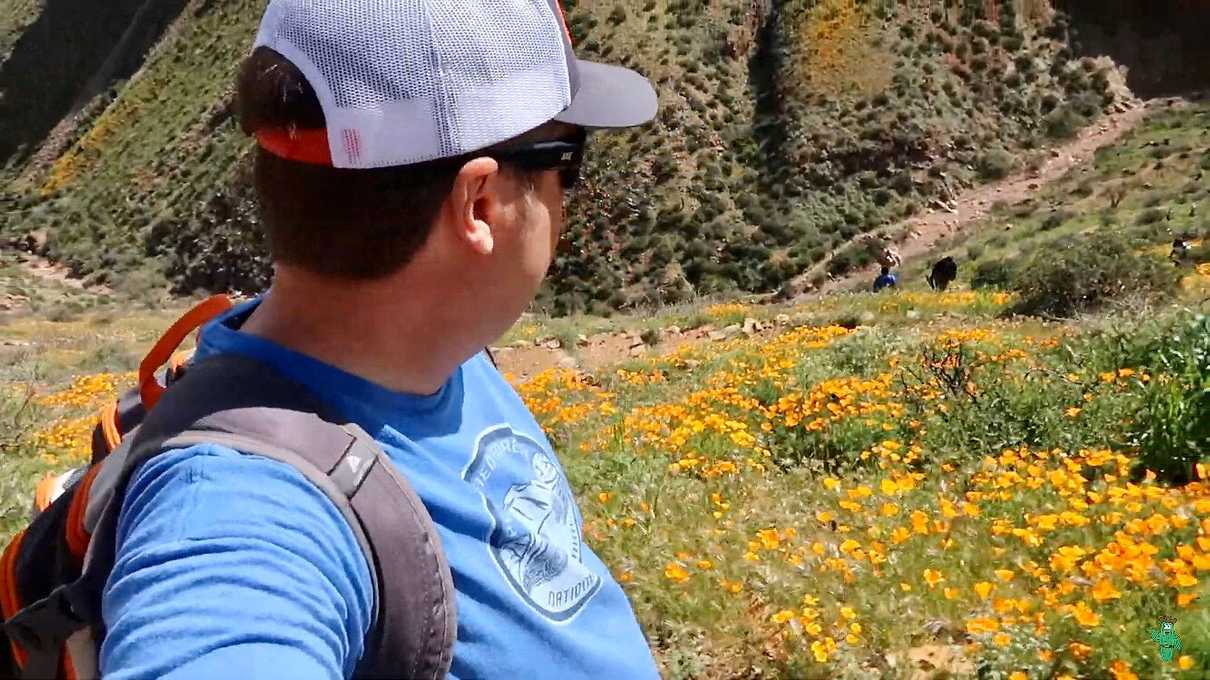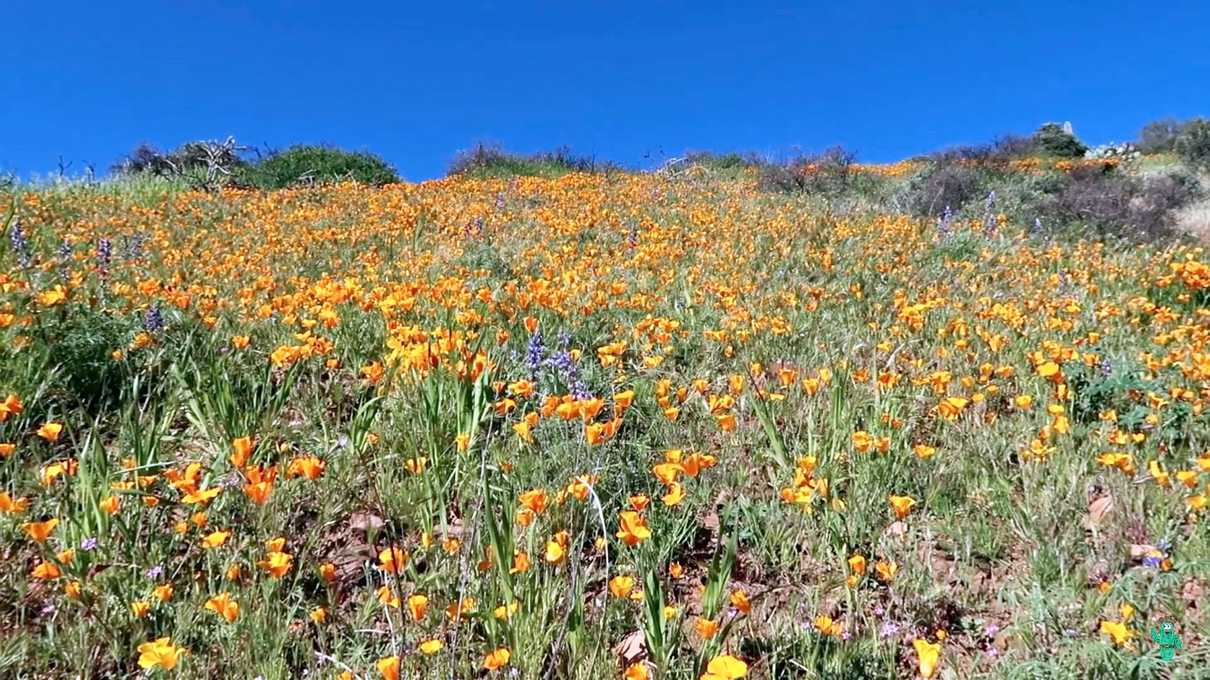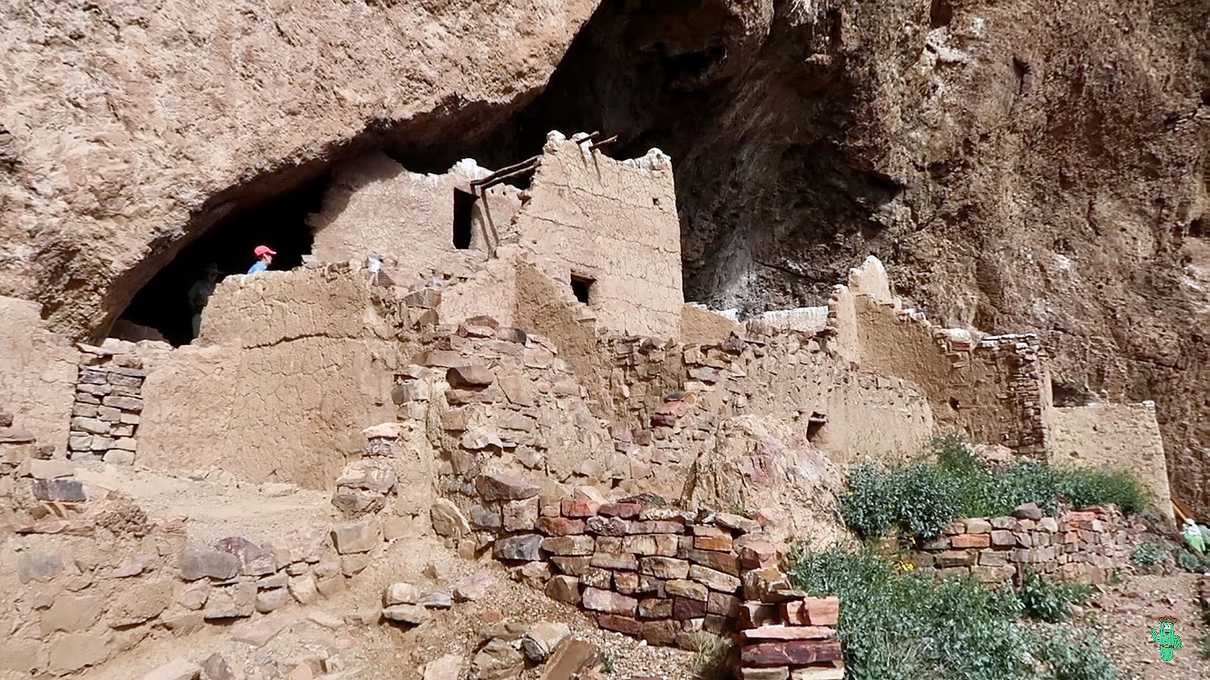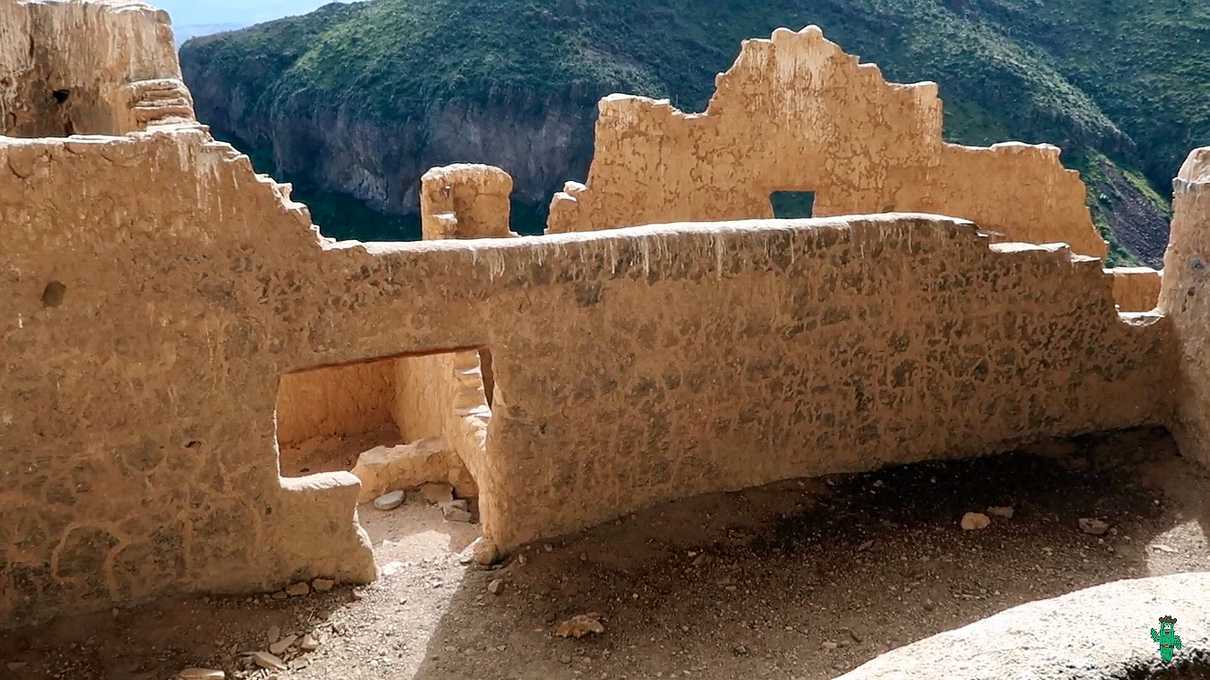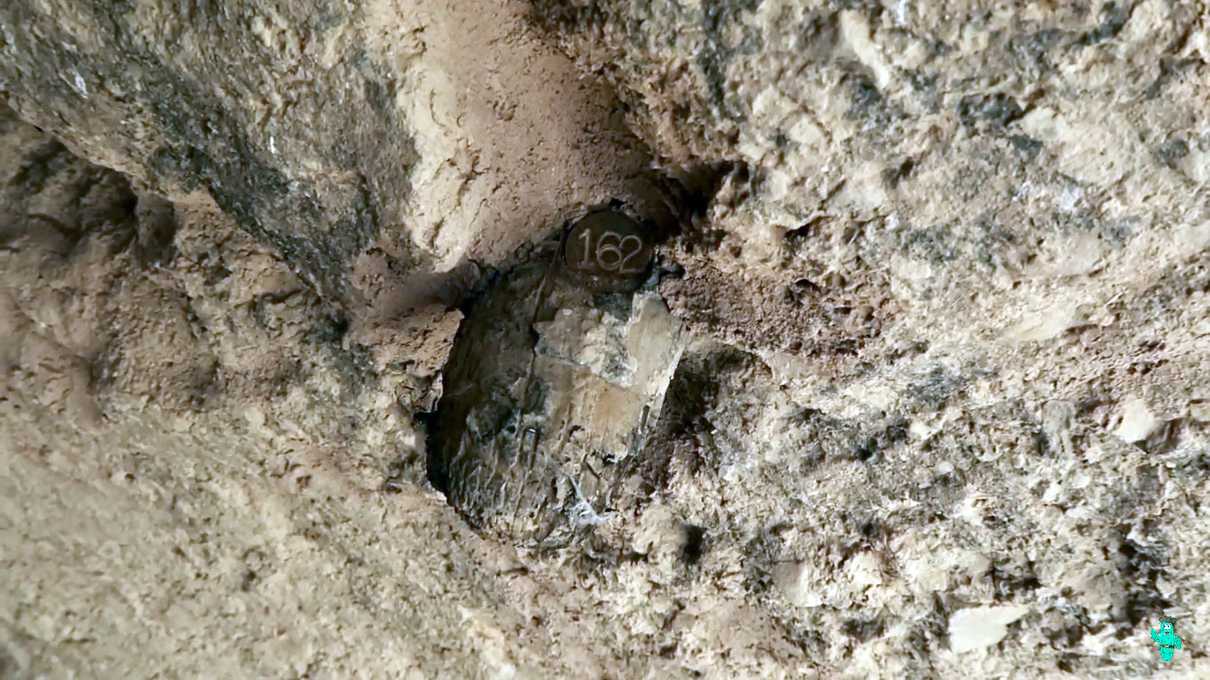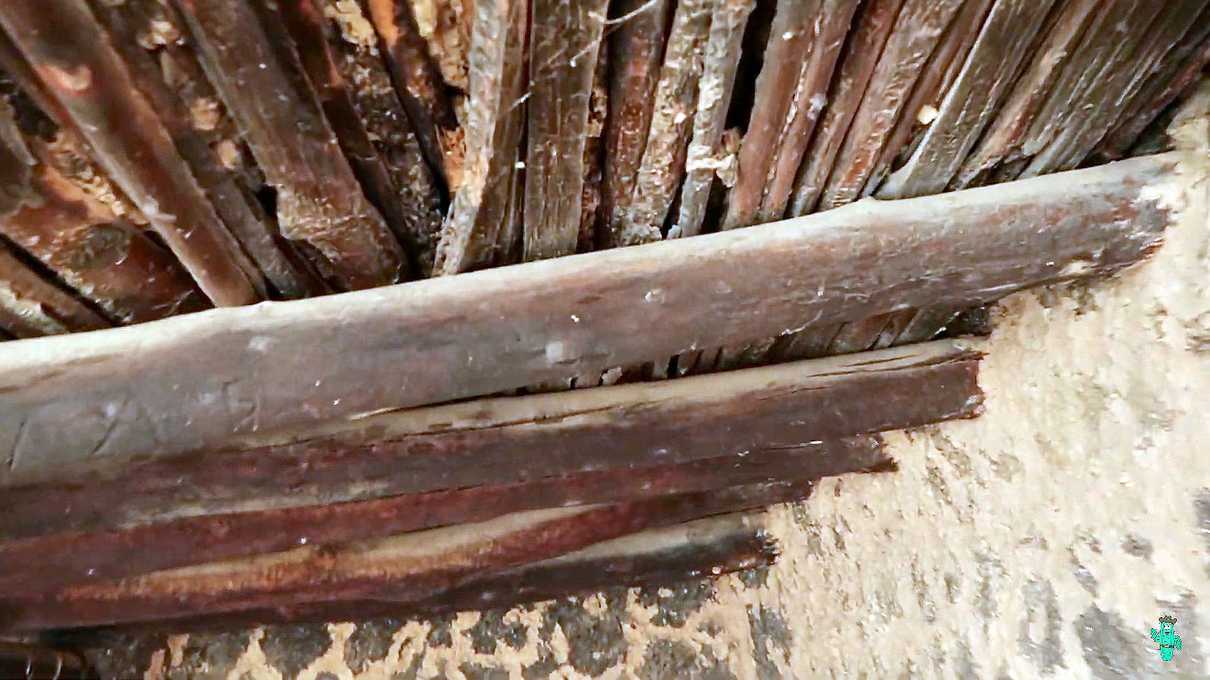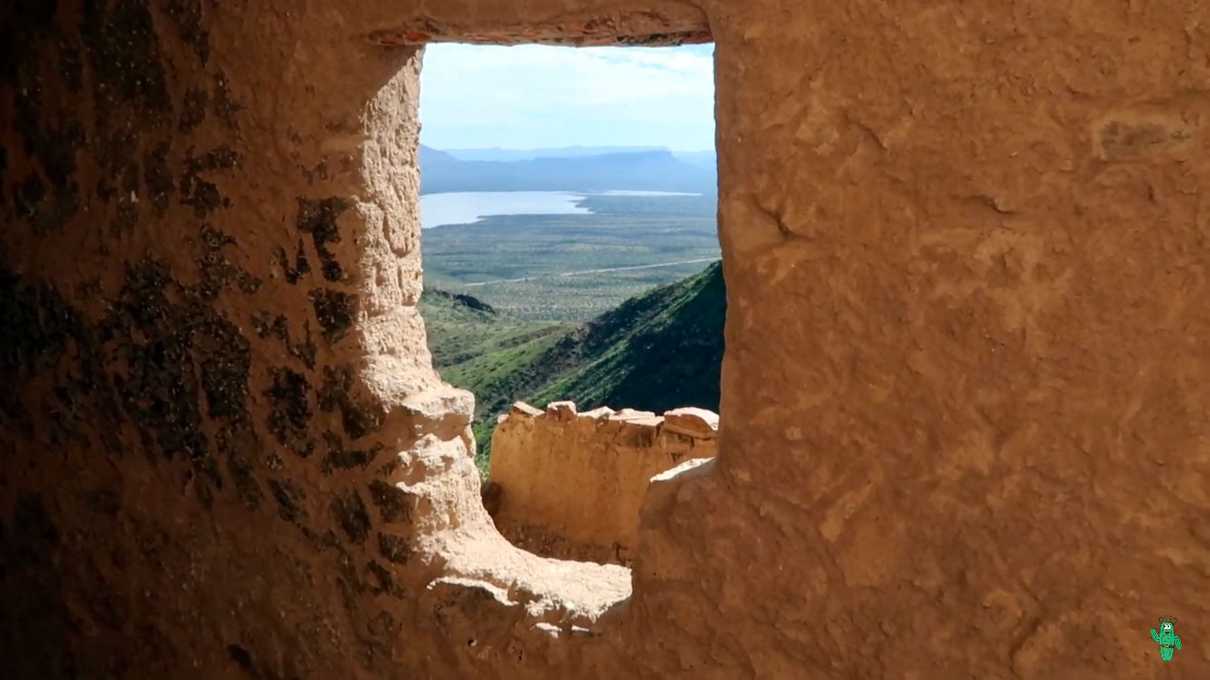A Visit to the Upper Cliff Dwelling at Tonto National Monument
I've been to Tonto National Monument multiple times throughout the past couple decades. I've always been blown away by my experiences at the lower cliff dwelling, but never made the necessary arrangements to visit the upper dwelling.
So the first thing to note for the uninitiated... there are two distinct cliff dwellings that you can visit. The lower dwelling is open all year round and doesn't require a reservation. We recently documented a visit to the lower ruin on our YouTube channel in case you want to see what that's like.
The upper dwelling, however, isn't open for self-guided tours. Visiting requires a reservation, which for this year, 2020, are only available through April. Reservations reopen on October 1st according to the Tonto National Monument website. I did inquire with an on-duty ranger during a visit in late February that reservations were already booked through April, so chances are you're out of luck until later this year.
For most busy people, booking that far in advance can be a challenge. But there's some good news to report! Each year, Tonto National Monument hosts an open-house for a couple days. This year it was on March 7th and 8th. During this time, there is no fee to enter the park. It's also your chance to hike up to the upper cliff dwelling without a reservation on a self-guided tour!
We don't yet know the dates for next year's open house, but I can say that this was an excellent way to visit the ruin. And if you get lucky and the timing and conditions are just right, you may be treated to an amazing display of wildflowers, as we were on this particular year.
The vibrant orange flowers that you see here are poppies. This year there were some beautiful displays of these flowers on the way up to the lower ruin, but nothing compared to what was happening on the hillside leading to the upper ruin.
I asked an on-duty ranger if it was a coincidence that the open house was scheduled during the prime of this bloom. Despite my assumption that it was, the ranger confirmed that it was indeed coincidental, and this kind of bloom is not guaranteed. On many years, you will not see this. One big reason why the bloom occurred this year is due to the 2019 Woodbury fire, which burned sections of the park, especially in the area around the upper cliff dwelling. I didn't see any evidence of burning on the way up to the lower ruin, but did see plenty of charred remains of plants and trees on the way to the upper ruin. This probably explains why there were exponentially more wild flowers on the slopes leading to the upper ruin compared to the hike to the lower ruin.
Even though my excitement had peaked for finally getting to see the upper ruin after all these years, the primary focus of my visit temporarily shifted to viewing wildflowers. I've never witnessed anything quite like this in my life.
And who knows, it's entirely possible that I'll never again see wildflowers bloom on this scale as long as I live.
The trail cut through the heart of the bloom. The scene before me was surreal, something you only see in the movies, or perhaps in a painting. I was surrounded on all sides by a vast sea of orange poppies, with purple lupines sprinkled throughout.
Every few feet I felt compelled to stop and capture video and still photos. Speaking of video, if you want to see what I'm describing firsthand, check out our YouTube video of the experience.
I made it a point on this morning to arrive as soon as they opened the trail to the upper dwelling, at 9:00 AM sharp, so I could beat the potential crowds. I had a good head start, but as I climbed up the hill and peered down to the canyon below, I could see more and more people making their way up. I had to break away from the wildflowers and get to the ruin before the hordes arrived. That could make navigating the tight spaces more difficult and less enjoyable.
As I approached the base of the ruin, I shifted all my focus back to the main attraction. It's hard to describe the feeling I got once close up to the structure. Knowing that the dwelling before me was constructed over 700 years ago, and that much of what remains is original, it's hard not be be in awe.
At first glance, the upper ruin is not too dissimilar to the lower ruin. I was told by a volunteer on a previous visit that it's larger than the lower ruin, so if that's true, it didn't feel like by much. So if you ever visit and are not able to make it up to the upper ruin, you will still have a comparable experience at the lower ruin.
But please don't misinterpret what I'm saying. Visiting the upper dwelling offers a unique experience and out of the two locations, I prefer the upper ruin. So, do make it a point to visit it someday. The main thing I'm trying to say is that only visiting the lower ruin is still worth the price of admission if you can not arrange a trip to the upper ruin.
One of the best aspects of visiting either ruin is that you actually get to go inside of the structures, something that is often not permitted at similar sites.
Just as with the lower ruin, not every room in the structure is open, but one thing I preferred about the upper ruin versus the lower one is that when you enter and head to the back, you get a top-down view of a couple rooms from above. You don't get this sort of perspective at the lower ruin, and for me, I felt that this gives the visitor a more complete view of the living quarters.
For me, the most mind-blowing features of the ruins are the original wooden posts and ceilings that still exist in many of the rooms. The lower ruin also has similar wooden structures, but it felt like there was a bit more to see at the upper ruin.
This wood has been dated to be over 700 years old. If you look at a few wooden posts sticking out from the walls, you may notice little oval numbers embedded in the wood.
I confirmed with a ranger on duty that those numbered markers are where researchers took core samples from the wood to use radioactive dating to determine the age, which is how they know the structures were built over 700 years ago. Something about seeing organic material, scientifically dated to be that old, brings out a whole new level of inspiration within me.
They also confirmed that the masonry and mud plastering on the walls is mostly original, even though certain preservation efforts have been done in the past, and are currently underway as well. The estimate I am often given by on-duty rangers and volunteers is that the structures are about 80% original.
Most of the information I have obtained from the onsite volunteers and rangers has been pretty consistent, but I have been told a couple conflicting things over the course of multiple visits. For example, on one occasion, I was looking to strike up a conversation about a nearby village ruin built by the same culture (the Salado), known as Besh-Ba-Gowah, to which the volunteer told me that Besh-Ba-Gowah is not a Salado ruin, but was built by the Besh-Ba-Gowah people. Do some quick research and you'll see that this is clearly incorrect. But, I graciously thanked the volunteer for the info and moved on so as not to embarrass her in front of other patrons. All I'm saying is sometimes the information you get from folks is not always the most accurate, so take what you hear with a grain of salt.
Another inconsistency is that some of the folks on duty will tell you the black coloration you'll see on the rock ceilings of the caves is carbon left from fires made by the original inhabitants, and others will tell you it is coloration from natural chemical processes.
But, in everyone's defense, it's hard to know all the facts, because the inhabitants that lived here 700 years ago mysteriously vanished around 1400 AD, and nobody knows the exact reason why. That's part of the fascination I have with the Salado culture, and other cultures of the southwest from the same time. All of their secrets will probably never be revealed, leaving an air of mystery when visiting these places, leading to some speculation from time to time.
Before leaving either the lower or upper dwelling, one of my favorite things to do is to find a vantage point from within that overlooks the valley below. I like to think about what it may have been like for the Salado when they looked upon the same vista (albeit without the artificial lake that now sits in the valley below), and what impact that view had upon them. I wonder if they ever found moments in their daily survival to sit from high above and ponder the mysteries of life. I believe they did, because they were real people, just like you and me.
The upper ruin provided one of the most poignant places to enjoy such a moment, from within a room looking through a T-shaped portal, common to these types of structures.
I think the picture does more justice than any words I can come up with.
If you can make the trek out to Tonto National Monument and are lucky enough to get a reservation for the upper dwelling, or if you ever visit during an open house, you should be able to see both the upper and lower ruin in a single day. I know for me, a slightly out-of-shape, overweight, middle-aged guy can easily get it done, so most likely you can too.
Do make it a point to try and see this though, because it's a unique experience that you will always carry with you.
